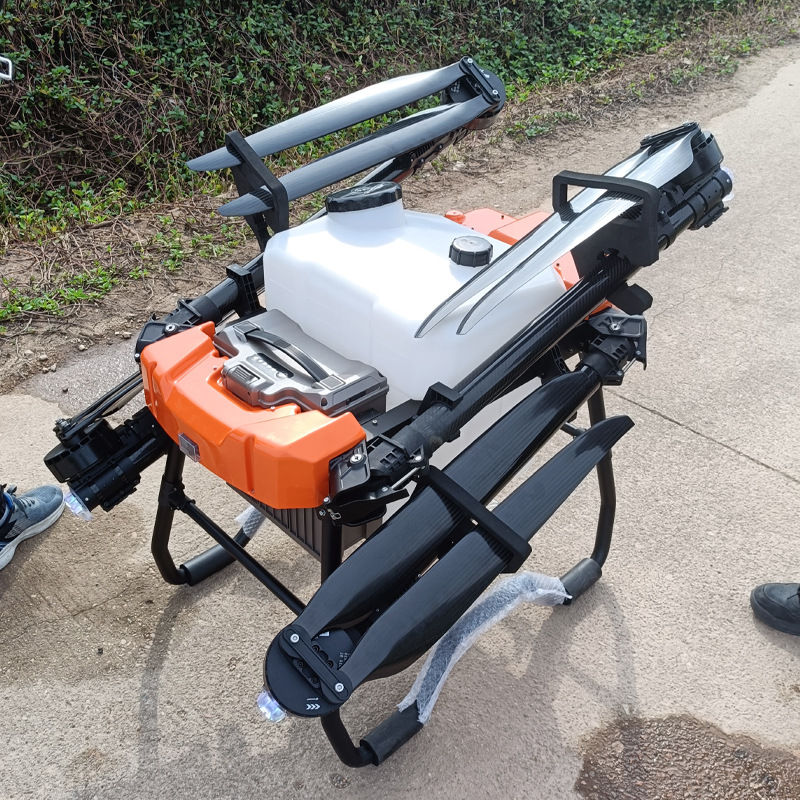
Bahrain, a small island nation in the Persian Gulf, is rewriting its agricultural story amid the challenges of a desert climate and limited arable land. With agriculture contributing just 1% to GDP but employing 3% of its workforce, and 85% of food imports relying on global supply chains, Bahrain is doubling down on self-sufficiency. Its “National Food Security Strategy 2030” aims to boost local food production by 40% and reduce reliance on imports—goals that hinge on modernizing farming practices. Enter agricultural drones, a transformative tool sourced from China’s specialized manufacturers, offering Bahrain a path to precision, sustainability, and resilience in its fields.
Bahrain’s Agricultural Imperative: Why Drones Matter Now
-
Water scarcity: With just 110 cubic meters of renewable freshwater per capita (well below the global average), agriculture consumes 70% of the nation’s water. Traditional flood irrigation wastes 40–50% of this resource, straining already limited reserves.
-
Land limitations: Only 2.8% of Bahrain’s land is arable, fragmented into small plots (average size: 1–2 hectares). Manual tasks like pesticide spraying or seedling distribution are slow, labor-intensive, and inconsistent—critical for high-value crops like dates, tomatoes, and cucumbers.
-
Climate extremes: Year-round temperatures averaging 35°C, paired with sandstorms and low annual rainfall (under 100mm), degrade equipment and stress crops. Farmers struggle to time interventions like pest control or fertilization amid unpredictable weather.
Chinese Agricultural Drones: Engineered for Bahrain’s Desert Reality
1. Extreme Climate Durability
-
Heat-resistant engineering: Advanced cooling systems and high-temperature circuitry (tested up to 60°C) ensure operation during midday flights, critical for date palm groves in Northern Governorate or greenhouse tomato farms in Muharraq.
-
Sand and dust sealing: IP68-rated motors, sealed sensor housings, and self-cleaning filters withstand Bahrain’s frequent sandstorms, preventing grit from jamming mechanisms or clouding cameras.
-
Compact portability: Foldable, lightweight designs (under 12kg) are easy to transport via small boats or pickup trucks to remote farms, enabling rapid deployment even in areas with limited infrastructure.
2. Precision Technology for Resource Efficiency
-
Ultra-low water spraying: Atomized nozzles reduce water use by 60–70% compared to manual methods. For date farms in Riffa, this cuts irrigation needs by 1,500 liters per hectare—critical as groundwater levels decline.
-
AI-driven monitoring: Multispectral cameras analyze leaf health, soil moisture, and pest outbreaks (e.g., red palm weevils in date palms). In Muharraq’s cucumber greenhouses, this enables early intervention, reducing chemical use by 40% while boosting yields by 20%.
-
RTK GPS accuracy: Centimeter-level positioning ensures uniform coverage in Bahrain’s flat, sandy plains or structured greenhouse aisles—eliminating overlaps that waste inputs and ensuring consistent crop quality.
3. Scalability for Smallholders and Cooperatives
-
Budget-friendly models: Entry-level drones (under $12,000) fit the budgets of local farmers, democratizing access to tech once reserved for larger agribusinesses.
-
Fleet management tools: Cloud-based software allows cooperatives (e.g., Bahrain’s Farmers’ Union) to coordinate drone swarms, streamlining operations and cutting training time by 50%.
Beyond Hardware: A Partnership for Long-Term Success
-
Localized training: On-farm workshops teach pilots to operate drones, interpret AI analytics, and perform desert-specific maintenance (e.g., cleaning sand from sensors). Partnerships with Bahrain’s Ministry of Agriculture have reduced downtime by 45% and accelerated adoption among young farmers.
-
Rapid support networks: Regional partners in Manama and Isa Town stock spare parts, ensuring replacements arrive within 24–48 hours—critical during planting or harvest seasons when delays risk crop loss.
-
Cultural alignment: User interfaces are simplified in Arabic, and training materials include local crop examples (dates, tomatoes, cucumbers), easing adoption for Bahrain’s farming community.
Mutual Gains: Strengthening Bahrain’s Food Security
-
Economic resilience: Reduced input costs and higher yields (trials show 20–30% increases) boost smallholder incomes, curbing reliance on food imports and supporting the “Bahraini Farmer” initiative to revive rural livelihoods.
-
Environmental stewardship: Precision resource use lowers chemical runoff into the Persian Gulf and conserves freshwater—key to meeting Bahrain’s “Net Zero 2060” climate goals.
-
Technological leadership: By embracing cutting-edge agritech, Bahrain positions itself as a regional hub for smart farming, inspiring neighboring Gulf states to follow suit.

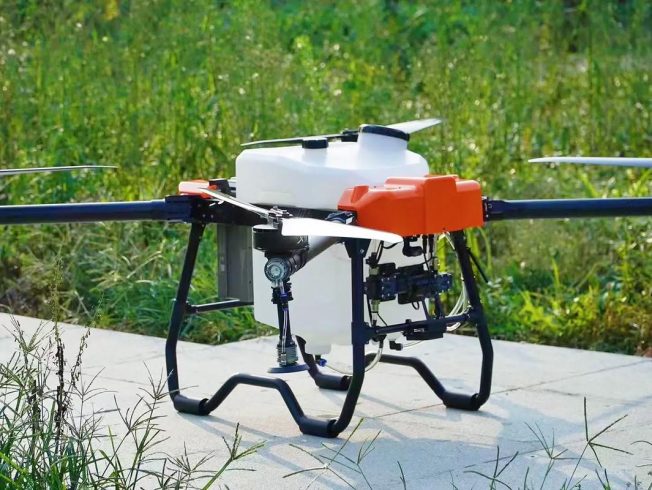
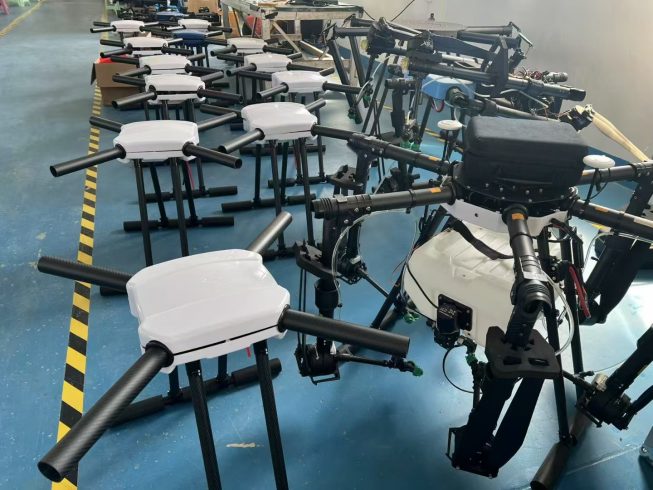
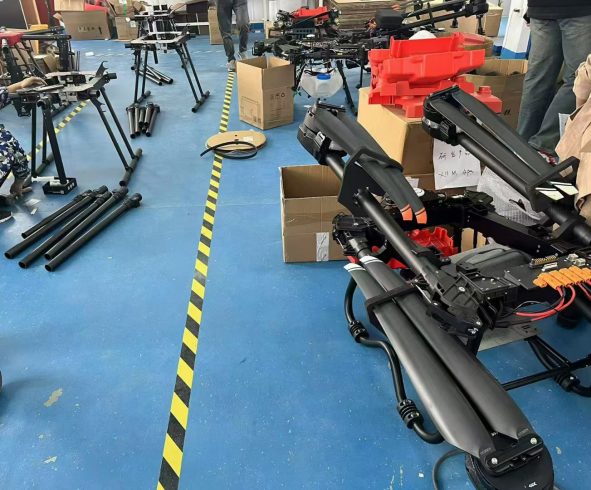
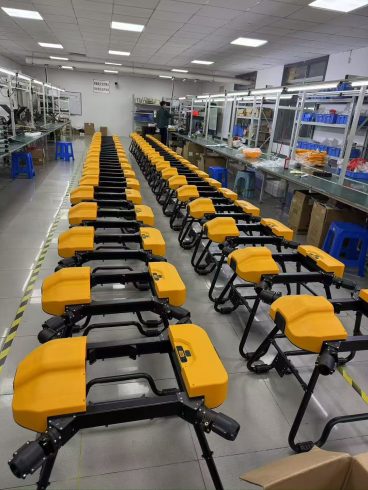



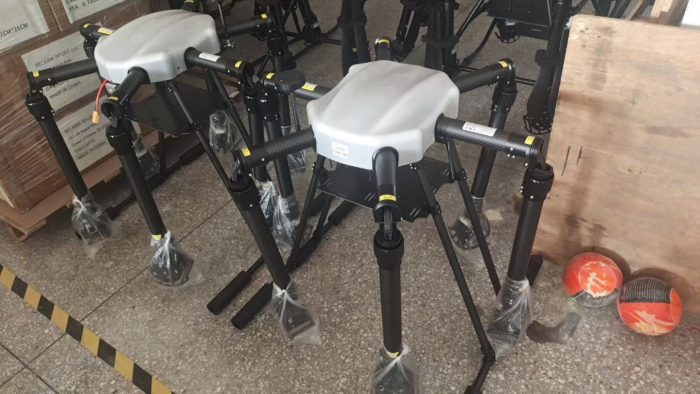
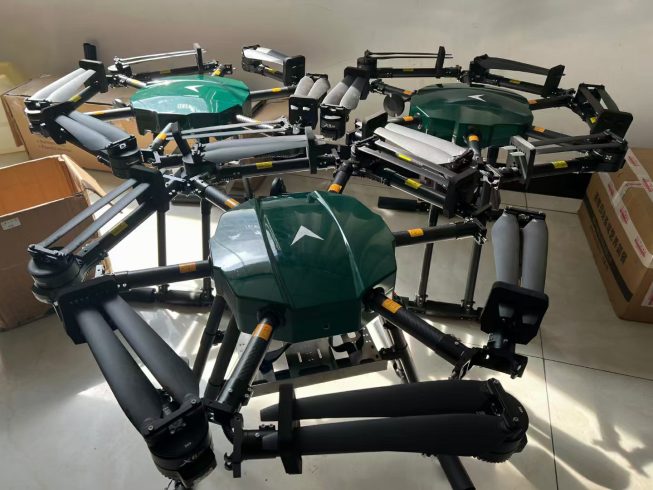
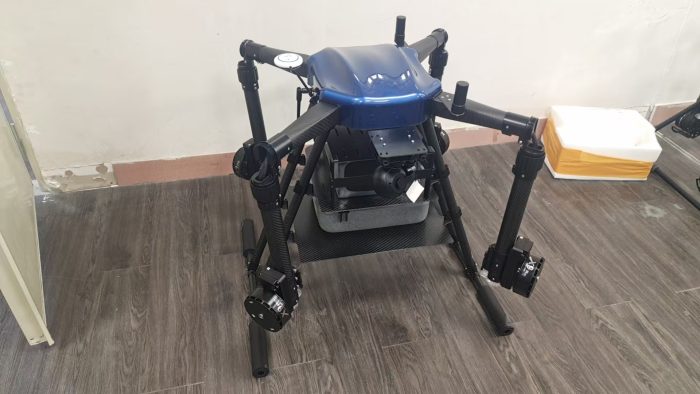

暂无评论内容